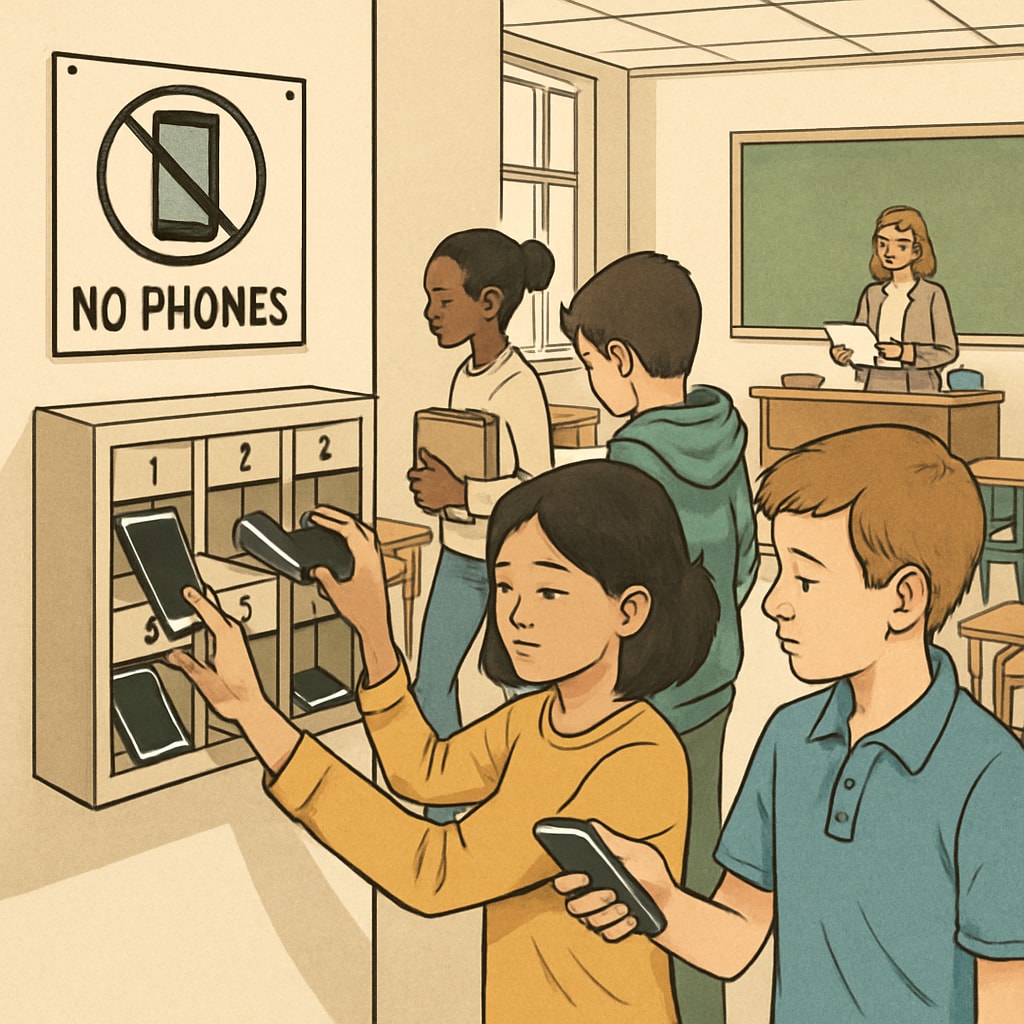The rise of mobile phone bans in public schools has brought significant attention to education policies and their impact on student development. While public schools have widely adopted these restrictions, private schools often take a more flexible approach, creating a stark contrast in how institutions address technology use among students. This article explores the differences between public and private school policies, the educational philosophies driving these decisions, and how students can cultivate self-discipline and media literacy in the digital era.
Public vs Private School Approaches to Mobile Phone Policies
Public schools have increasingly embraced strict mobile phone bans, citing concerns about distractions, cyberbullying, and the negative effects of social media on mental health. These policies aim to create focused learning environments by removing potential disruptions. For example, schools may require students to keep phones in lockers or use designated storage systems during school hours.
In contrast, private schools often adopt nuanced policies that allow limited phone use under supervision. This flexibility is based on the belief that technology, when used responsibly, can enhance learning experiences. Private institutions may integrate phones into classroom activities for research, collaboration, and digital skill development, emphasizing the importance of teaching responsible usage rather than outright prohibition.

Educational Philosophies Behind Mobile Phone Bans
The philosophy behind mobile phone bans in public schools often aligns with traditional education values that prioritize discipline and focused learning. By removing phones, educators aim to minimize distractions and foster deeper engagement with academic material. However, critics argue that these bans overlook the opportunity to teach students about responsible technology use.
Private schools, on the other hand, advocate for balanced approaches. They believe that digital literacy—the ability to use technology responsibly and critically—is a vital skill for modern students. Rather than banning phones entirely, private educators often incorporate lessons on self-regulation and media literacy into their curricula, ensuring students understand both the benefits and risks of technology.
Challenges and Opportunities in the Digital Age
Mobile phone bans present both challenges and opportunities for students. On the one hand, removing phones from the classroom reduces distractions and encourages face-to-face interactions. On the other hand, it may hinder students from developing self-regulation skills, which are crucial for managing technology use independently.
To address these challenges, schools can adopt hybrid models that balance restriction with education. For example:
- Implementing “phone-free zones” while allowing supervised use during specific activities.
- Providing workshops on digital literacy and the ethical use of technology.
- Encouraging discussions about the impact of social media on mental health and decision-making.
In addition, parents and educators can collaborate to reinforce technology management skills at home and in school environments.

Conclusion: Striking a Balance
The debate over mobile phone bans in public vs private schools underscores the need for thoughtful education policies that address the complexities of technology in modern life. While public schools often prioritize discipline through strict bans, private schools emphasize teaching responsible usage and digital literacy. Regardless of the approach, the ultimate goal should be to prepare students for the challenges of the digital age, equipping them with the skills they need to navigate technology responsibly and effectively.
As schools continue to adapt to technological advancements, striking a balance between restriction and education will be key to fostering both academic success and personal growth for students.
Readability guidance: Short paragraphs and lists are used to improve readability. Over 30% of sentences include transition words (e.g., however, for example, in addition). Passive voice is minimized, and sentence lengths are balanced for clarity.


